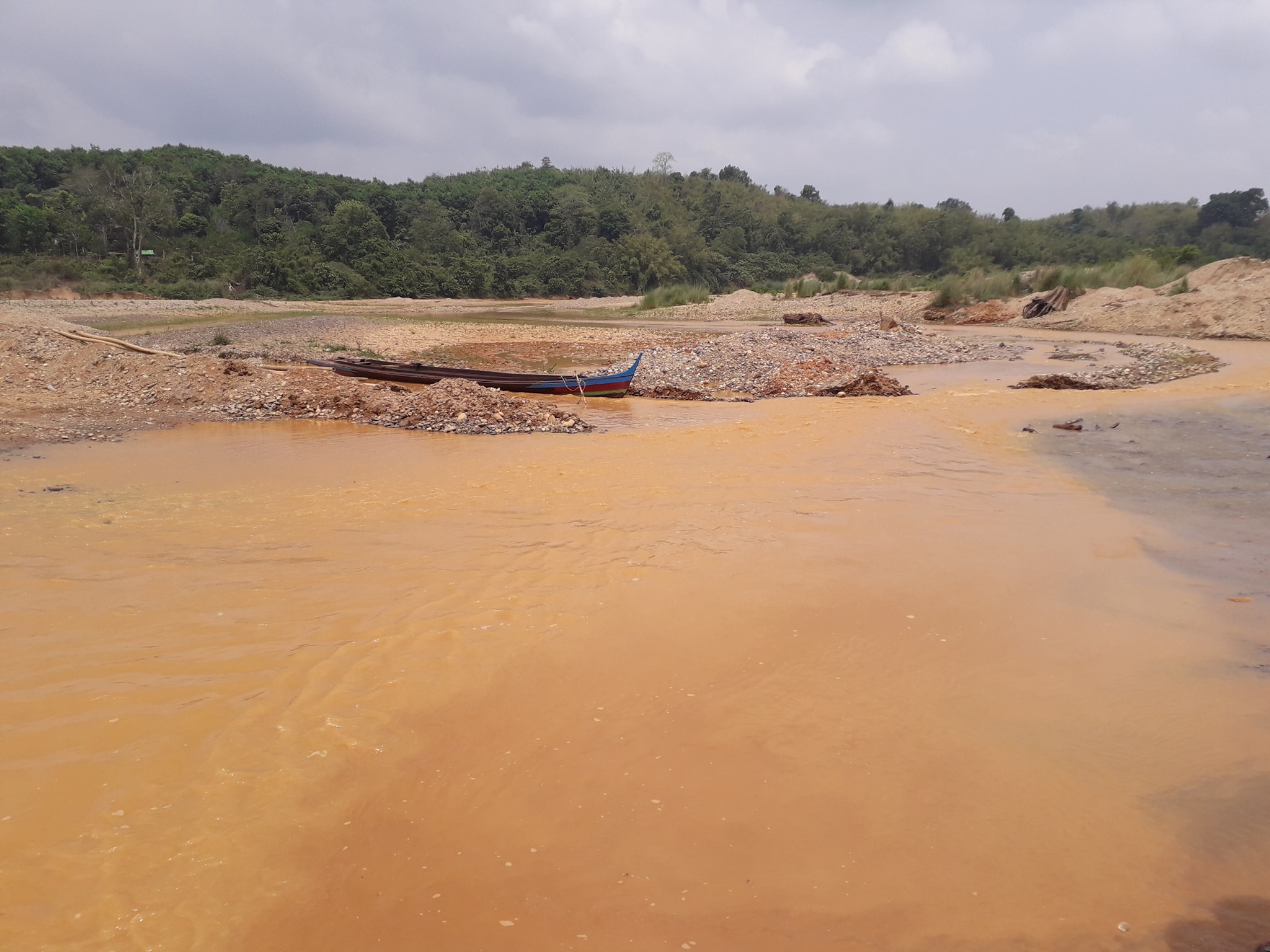Purpose
To develop relevant monitoring programmes for selected areas influenced by mining, appropriate for assessing environmental and human risk from metals exposure
Background/ Justification
Myanmar has large geological resources for exploration and extraction of metals and ores, especially copper, lead, silver, tin, tungsten, zinc, nickel, and gold. The different mining activities in Myanmar have a range of potential effects on human health and the environment. Depending on which minerals are being extracted and how they are extracted, environmental consequences can be an issue of local, regional, or global concern. An example is small-scale gold mining where mercury often is used in the extraction process. Mercury has potentially severe local impacts for the people involved in the use of the element, due to the heating of liquid mercury that evaporates. Mercury can also influence the local aquatic environment, and the food sources therein. Other examples on environmental effects from mining activities include erosion and sedimentation due to excavating of soil and rock, releases of other substances as cyanide and sulphuric acid, and deforestation.
Activities
- First overview of contamination issues in selected mining industry areas; sampling, analysis and concentration levels assessed at six mining sites. Evaluation report produced.
- Field campaigns documenting contamination through aqueous food chains/webs; and including training of local authorities
- Site-specific monitoring programs developed for selected sites. Programs presented to local and regional authorities
- Risk assessment of metals contamination in selected mining areas, including communicating risks to villages/towns and local government (township/district)
- Training workshops arranged for stakeholders on environmental and human risk assessments


